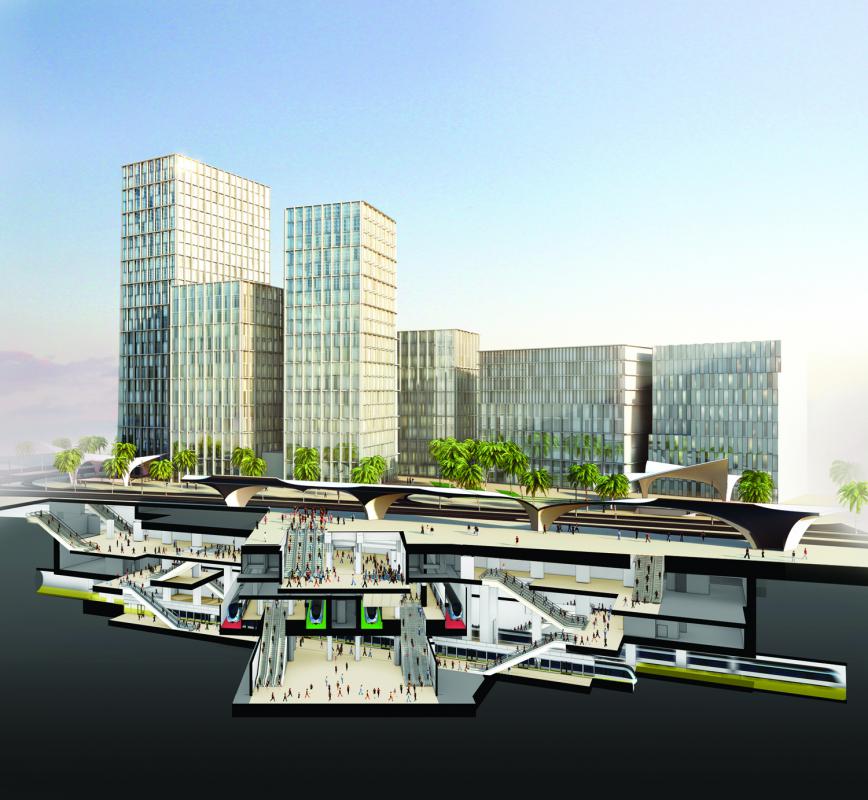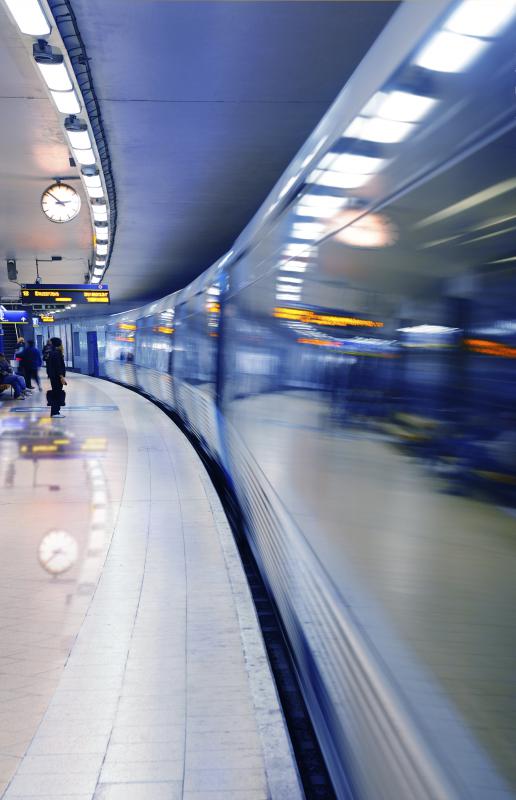
With the densification of cities and environmental demands, the need for reliable public transport has become more crucial than ever. In many major cities, it is the main means of transit, and experience has shown that communities with good transport networks prosper. Transport hubs such as railway stations have become destinations in their own right, which provides interesting opportunities for development.
Woods Bagot’s global transport leaders conducted a series of forums in Melbourne and Sydney in February and March 2016 to address the growing demand for efficient transport networks and ways to design them to serve the needs of communities. The aim of the forums was to workshop ideas around the future of rail transportation in Australia.
 You can download the paper for a detailed overview of the discussions. Below is a short analysis.
You can download the paper for a detailed overview of the discussions. Below is a short analysis.
The central topic of the discussions was the construction of Transit-Oriented Developments (TOD)—mixed-use residential, commercial, and retail areas located around public transport hubs. One of the major questions was how to effectively design TODs to improve passenger experience.
In terms of effective design, four central strategies were outlined.
1. Creating a sense of place—customers are at the heart of the design process
Putting the passengers’ experience in the center of the design helps better arrange the architectural spaces. The natural flow of the spaces is an intuitive way-finding solution utilizing minimum signage.
2. Blurring the lines between specialist design services
The aspiration to create better user experience in transport facilities has led to the blurring of lines between the transport and hospitality sectors. As a result, stakeholders benefit from investment and economic improvements. New developments should be viewed not just as railway stations but as multiple-use public spaces with long-term ambition for further expansion.
3. Incorporating technology into railway design
As consumers rely more on technology, digital solutions in railway stations and airports create more personalized and pleasant user experience. Improved service, such as greeting at the entrance, is an example of how technology can improve passenger experience.
4. A strong client/guardian design
In major developments, the design guardian provides lifelong guidance, ensuring that all the aspects of the project are integrated and aligned, and that it retains an appropriate level of functionality, rationality, and timely delivery. Well-designed TODs not only encourage transit usage, they also reduce car dependency and positively affect the environment. They have the potential to create thriving communities in the surrounding areas, making it possible for people to have easy access to local services and facilities. ![]()

